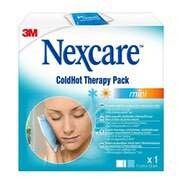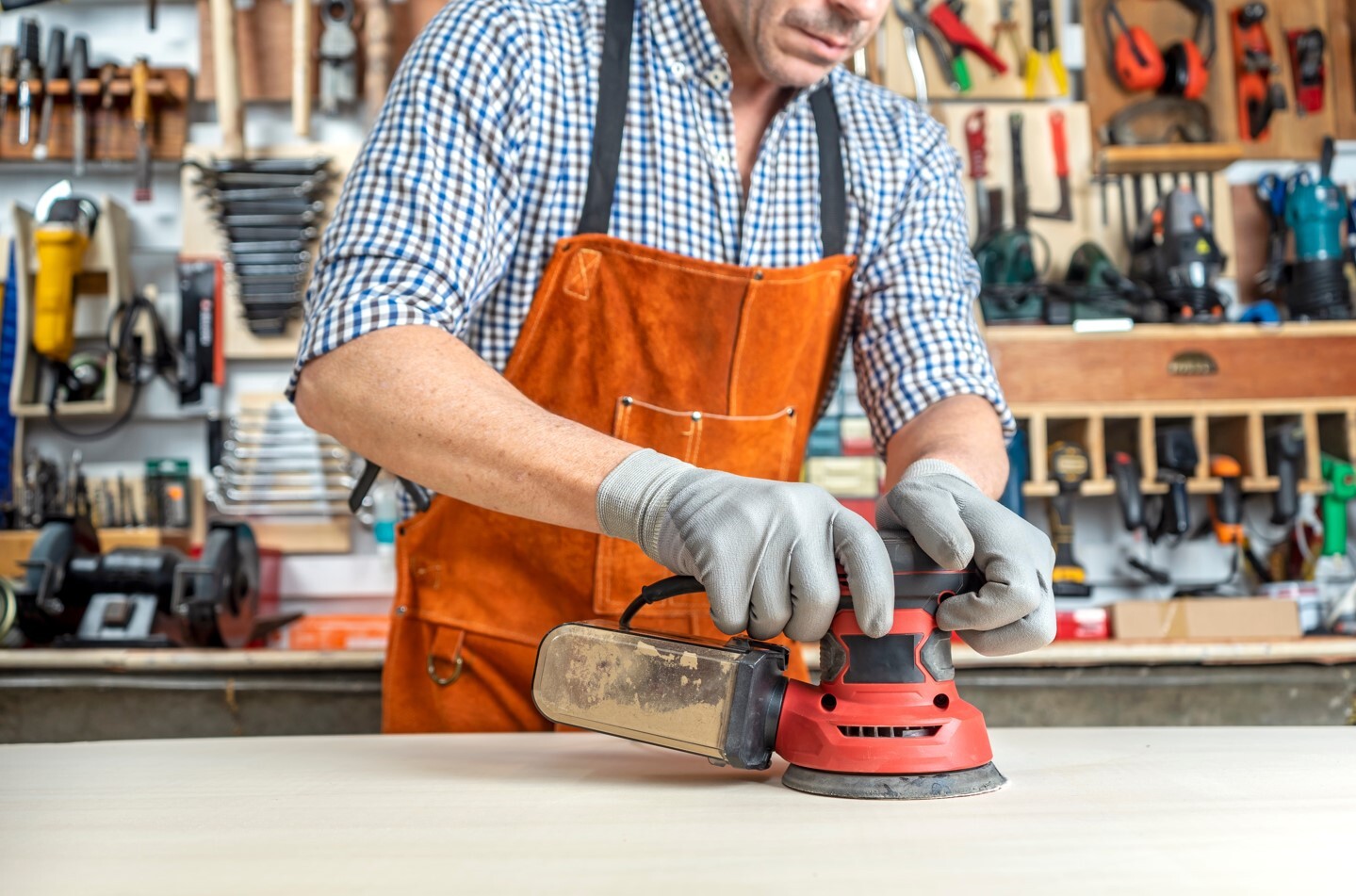Using the sander


The sander is a very versatile tool, which is widely used in various industries, but can also be utilised at home, whether for renovation, maintenance, construction, or DIY. So it's a good idea to be aware of the types and uses of a grinder. In this blog post, we have summarised the most important things to know.
Types of sanders
A sander can be used for a variety of tasks, as it can be useful for cleaning, smoothing, and removing the top layer of any surface. There are different types of sanders, depending on the size of the surface, the material, and the purpose of the operation.
There are two main types of hand-held sanders, based on the way they work: surface and belt sanders. Disc sanders, also known as circular/square sanders, grind in a defined shape. The sanding wheel is fixed using a screw or Velcro, which is used to carry out the grinding. The other major category is the belt sander, which is a belt sander, where the abrasive belt is placed in a belt-like manner and moved around.
Let's take a look at what types exist within the two main categories.
Belt sander
A belt sander is an excellent tool to clean larger surfaces, for example, to get rid of thicker layers of paint or to remove large uneven areas. However, it is not suitable for more delicate work, such as sanding corners or edges.
Vibrating sander
The so-called vibrating sander makes a vibrating movement. The base is square and, like the angle sander, it can be used to remove layers of larger surfaces. The difference between the two is that the vibrating sander removes the top layer more slowly, so it is mostly used when only the surface layers need to be removed.
Random orbital sander
A random orbital sander performs a rotary motion. Some types vibrate sideways and those that rotate around the axis. The grinding surface can be either disc or square, which allows the removal of coatings from larger surfaces. What is different is that it can handle curved and round shapes.
Multisander
The multisander is a hybrid type of sander for middle-sized surfaces. They have a wider base but end in a point, which makes them suitable for sanding hard-to-reach places corners, and edges
Delta sander
The head of a delta sander, as the name suggests, is triangular, which can be used for smaller jobs, such as sanding edges and corners. As it is designed for fine work, it has a small grinding surface, so avoid using this type in large areas.
What other considerations should you think about when choosing a sander?
One of the most important considerations when choosing the right sander is what material you want to sand and what grit size disc is recommended for that material. Depending on the grit size, it is fortunate that you can vary the vibration rate and speed.
It is advisable to choose a machine that you can hold comfortably, has a good ergonomic design, and has a function that sucks away dust. Depending on your needs, you can choose between corded and cordless sanders, in the former case make sure that the cable management is good.
Using the sander
The two most important factors when sanding are speed and fineness. The speed of the tool's motor can be controlled on most machines: on an oscillating grinder, you can change the vibration rate, on a belt grinder the speed of the belt.
Grinding is a process, which means that you start with the coarser grinder first and slowly work your way up to the finer one. Use a lower speed for the coarser sandpaper and a higher speed for the finer. Take particular care not to burn the wood surface due to the high speed!
It is important to know that the value on the sandpaper, usually marked P, indicates the fineness of the grain. It means the number of grains per unit area. In other words, the higher the number on the paper, the finer the sanding. For metal and wood sanding, the coarser jobs are done with 40 and 60 grit paper, the medium with 80-100, and the higher numbers will finish the surface.
If you are using a random orbital sander, buy paper that is Velcroed and perforated, which makes it much easier. If you're doing carpentry work, practicality dictates that you line the tape underneath, so lined tape avoids the streaks left by the sander showing through on the surface. Alternatively, if you are sanding the outer curves, try using clamps to secure the machine to the edge of the workbench by turning it sideways.
Click here to browse Flanker's range of sanders and accessories!
More articles
Flanker Plusz Kft.
Contact Details
Boti Street, 100.






























